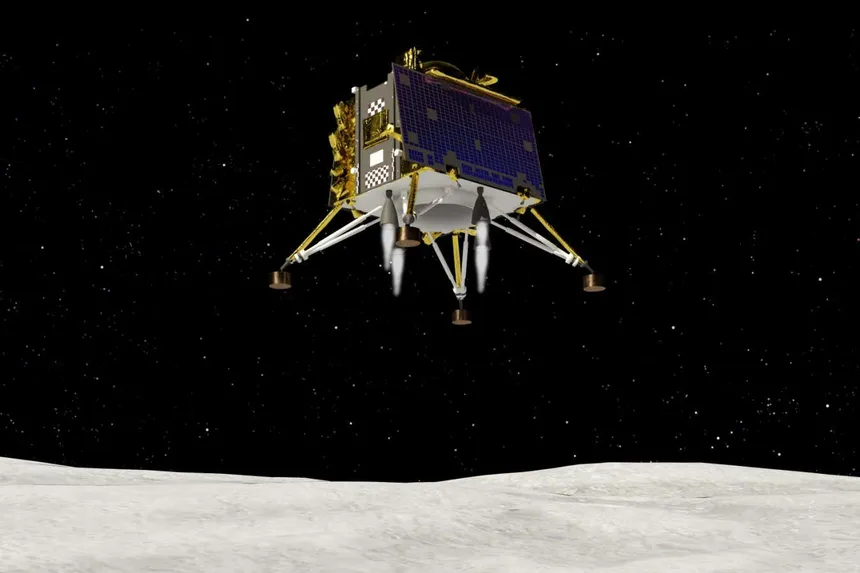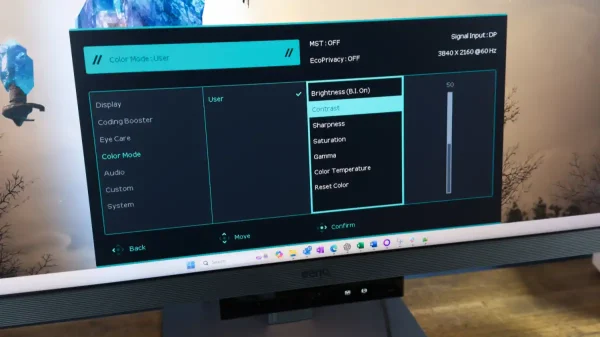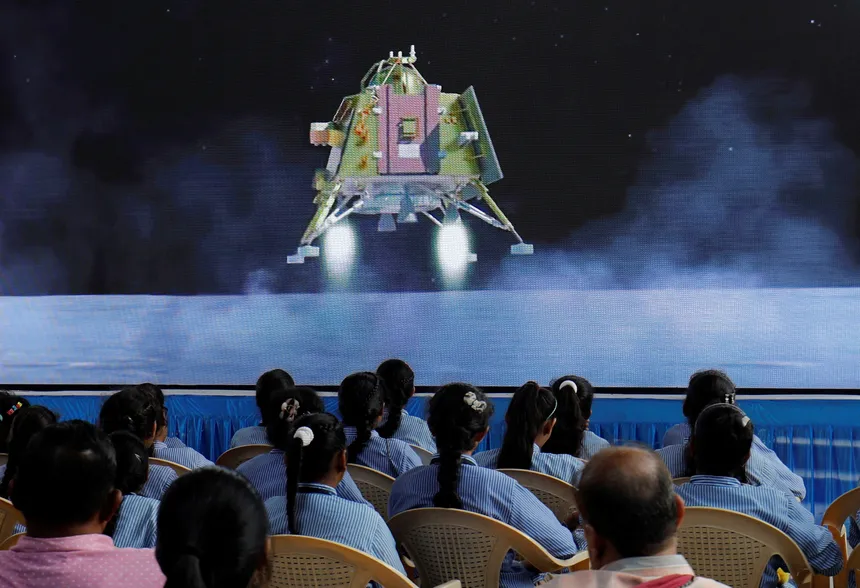The Indian Space Research Organisation (ISRO) has achieved a significant milestone with the Chandrayaan-3 spacecraft, capturing stunning images of the moon’s south pole as it prepares for a historic landing. The spacecraft, which includes a lander, Vikram, and a rover, Pragyan, has taken high-resolution images of the lunar surface using its Lander Imager Camera-1 and Lander Position Detection Camera.
The images, shared by ISRO, showcase the moon’s rugged terrain, featuring various craters and even the Earth visible in the corner of one of the frames. The Chandrayaan-3 mission is a major achievement for ISRO, which aims to be the first country to land a spacecraft near the moon’s south pole, a region previously unexplored. This region is of great scientific interest, as it is thought to host water ice deposits, critical for future crewed missions to the moon.
The Chandrayaan-3 spacecraft was launched last month and is expected to make its landing attempt next week. The mission will help ISRO and scientists around the world gain a deeper understanding of the moon’s composition, particularly the south pole’s geological and mineralogical properties. The Chandrayaan-3 rover will operate for two weeks, performing various experiments and gathering data on the moon’s surface.
The Chandrayaan-3 mission is not only significant for ISRO but also puts India in a strong position against Russia’s Luna-25 mission, which launched earlier this month. The success of the Chandrayaan-3 mission will contribute significantly to the scientific community’s understanding of the moon and its composition, as well as pave the way for future missions to the moon and beyond.

Indian Space Research Organisation’s Ambitious Efforts to Explore the Moon’s South Pole
ISRO has a reputation for its achievements in space exploration, having successfully launched several satellites and spacecraft in recent years. The Chandrayaan-3 mission represents a major milestone for the agency, as it demonstrates its capability to undertake complex and ambitious missions. With its successful landing and operation, the Chandrayaan-3 mission will further solidify India’s position as a leading player in the global space arena.
The mission’s instruments, including a spectrometer and spectroscope, will allow scientists to study the moon’s surface composition in detail. The rover’s experiments will provide valuable insights into the moon’s geological and mineralogical properties, shedding light on its history and evolution. The Chandrayaan-3 mission will also help researchers better understand the moon’s water ice deposits, which are critical for future human missions to the moon.
India’s space program has made significant progress in recent years, with the successful launch of several satellites and spacecraft. The Chandrayaan-3 mission represents a major achievement for ISRO, as it demonstrates the agency’s capability to undertake complex and ambitious missions. With its successful landing and operation, the Chandrayaan-3 mission will pave the way for future missions to the moon and beyond, cementing India’s position as a leading player in the global space arena.
The Chandrayaan-3 mission’s success will not only be a significant achievement for ISRO but also a major boost for the Indian space program as a whole. The mission’s results will be used to inform future mission planning and resource allocation, helping to ensure the continued growth and success of India’s space program.








































